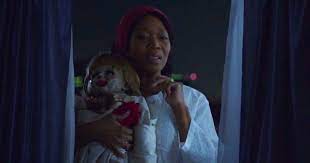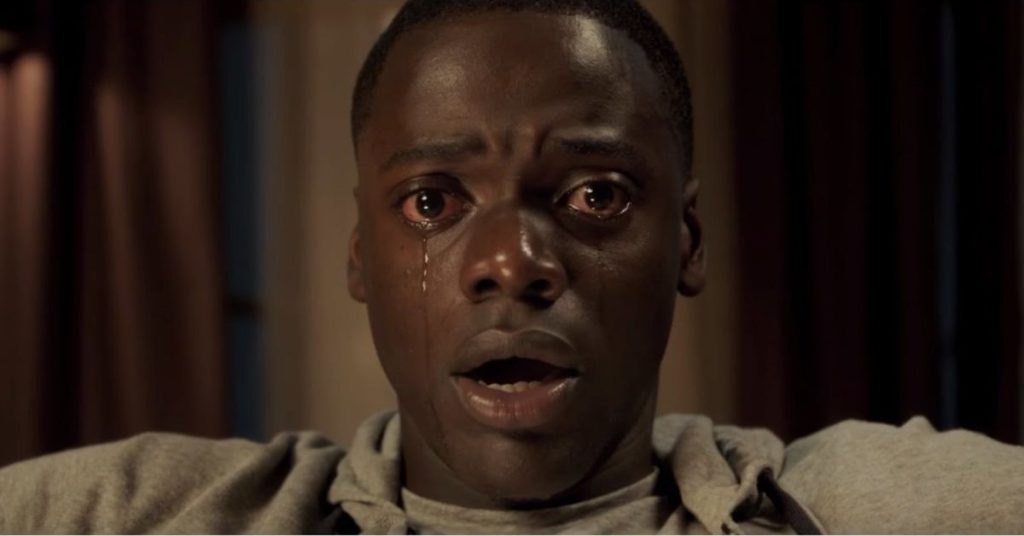The purpose of this timeline is to explore the evolution of Black horror by considering films that heavily impacted the way the Black community was perceived by white and non-Black audiences. This timeline looks at white films that have contributed to the stereotypes that have been placed on Black men and women. Most films included are those that Robin R. Means Coleman has defined as “Black Horror,” films made by Black filmmakers, and “Black People in Horror,” films made by white filmmakers, which include harmful tropes that continued the harmful narrative that Black people are a monolith and not complex human beings capable of individual thoughts and feelings. A portion of the films mentioned are analyzed in Coleman’s text but additional films outside of Coleman’s list uphold old stereotypes and tropes are added as well. Most importantly, through images and summaries of text, this digital tool gives an overview of how Black people are represented in horror shows little change over time.

